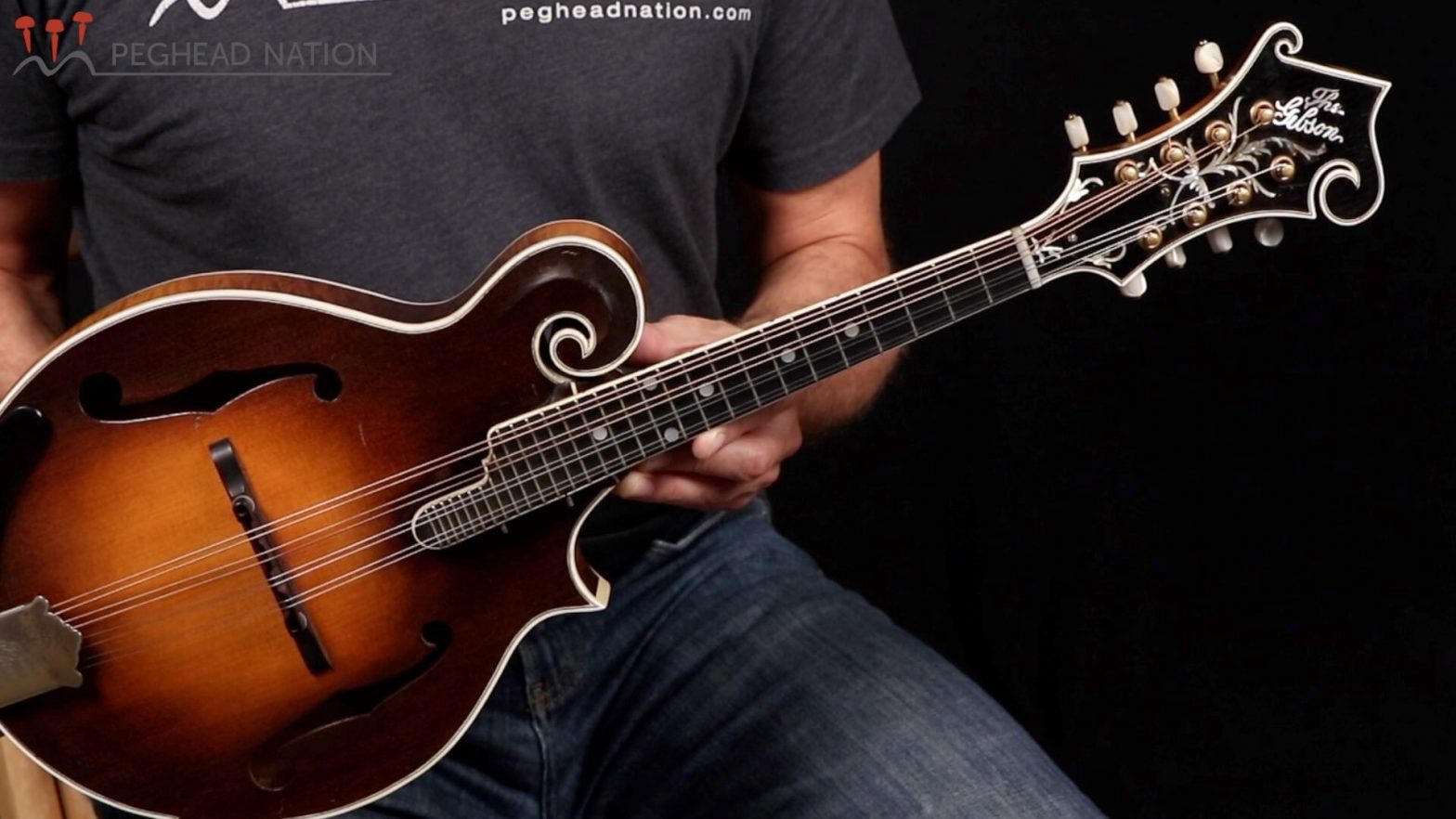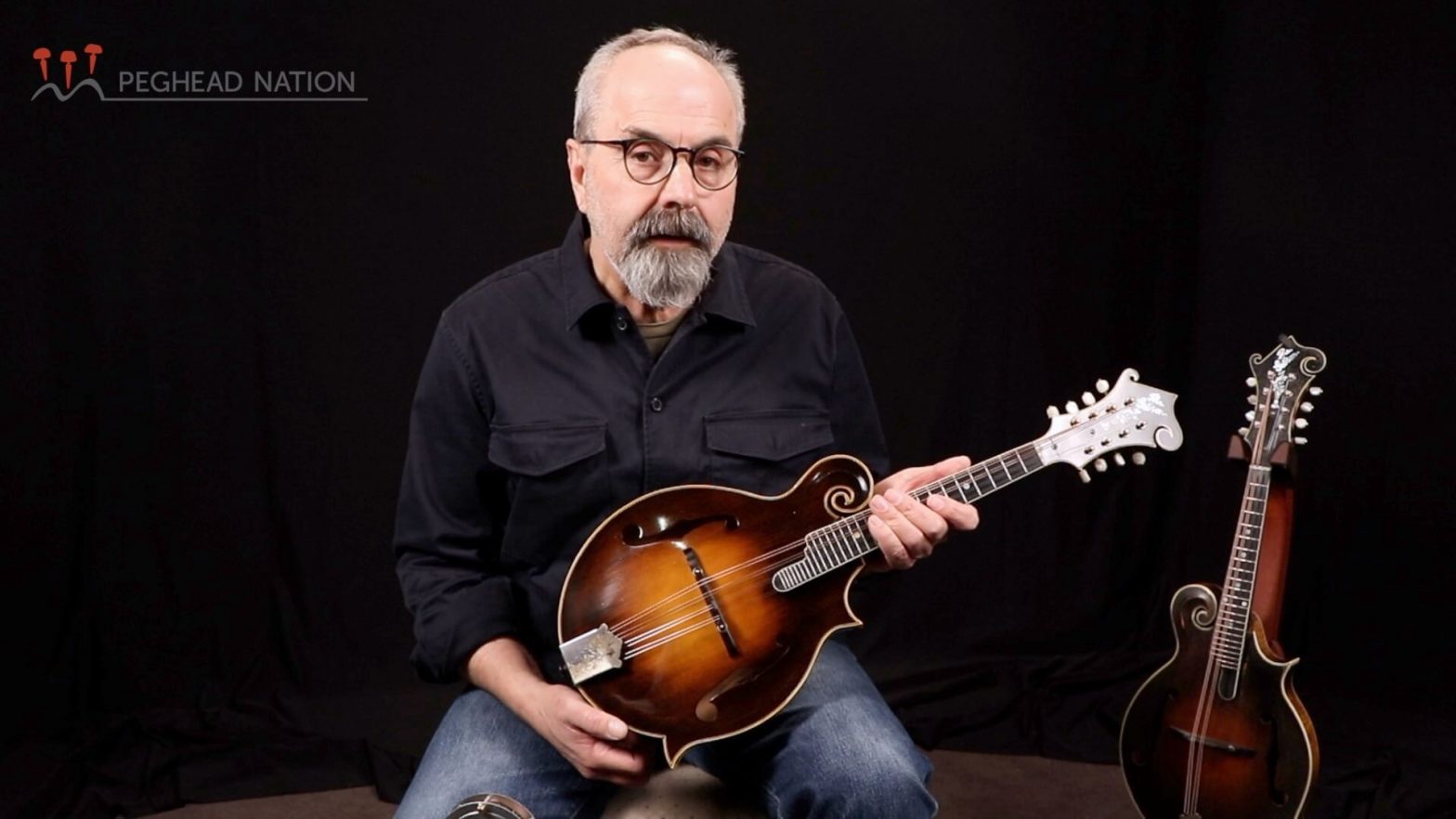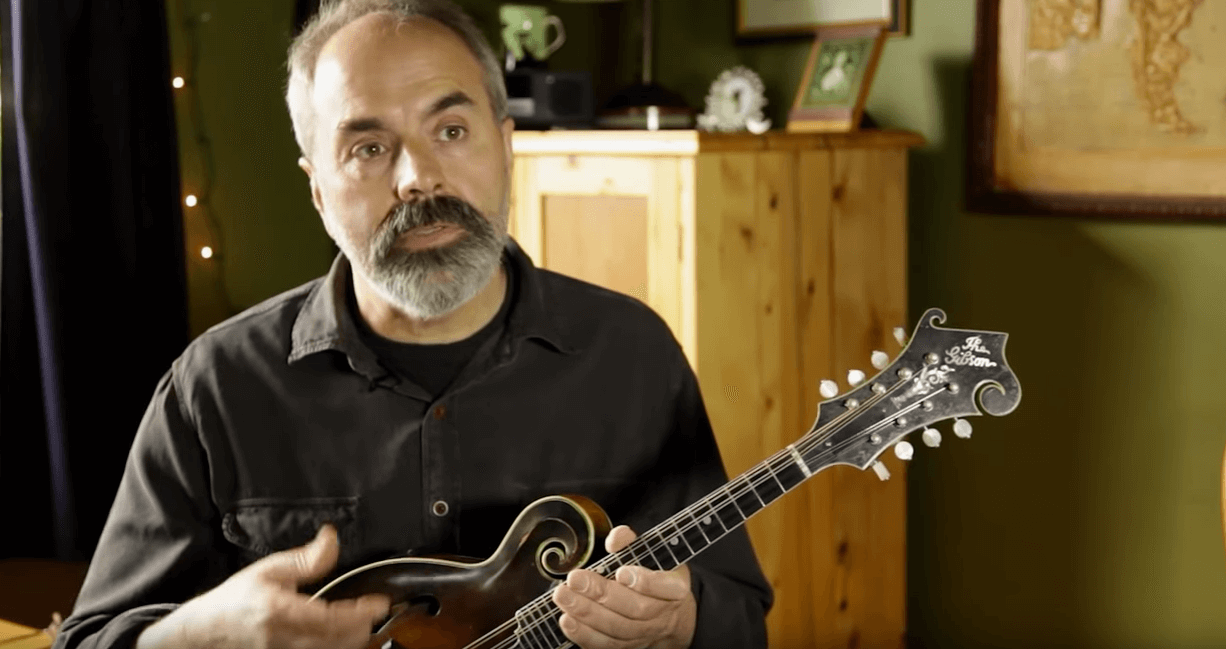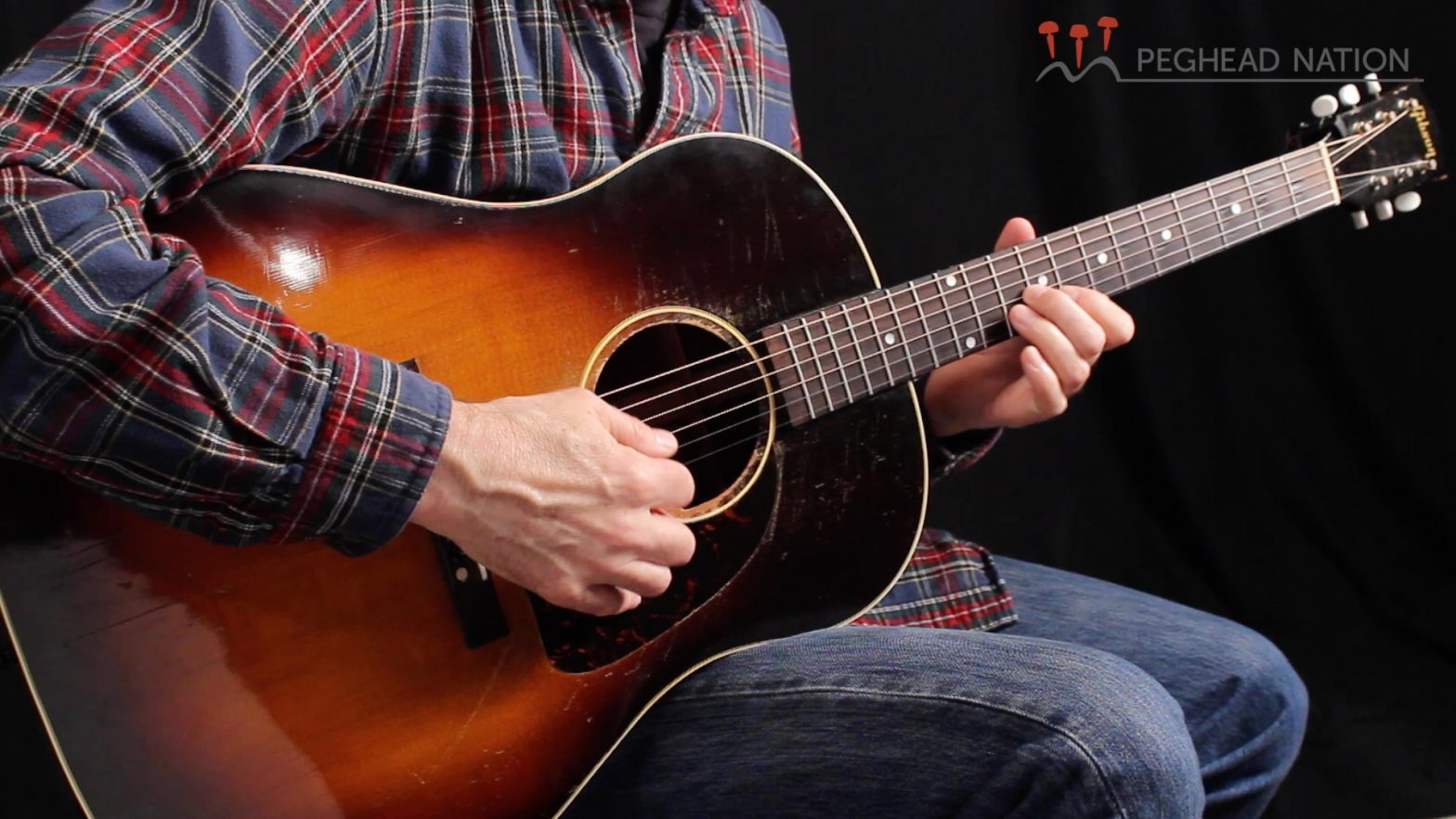1931 Gibson RB-1
Bill Evans demonstrates the vintage instrument known as the “Grace Attfield Banjo.”
One of the fun aspects of playing vintage instruments is musing about the musicians who may have tickled their strings over the years, decades, and sometimes even centuries. Most instrument’s histories are unknown, but every once in a while, an instrument with documentation appears. Peghead Nation banjo instructor Bill Evans recently acquired a 1931 Gibson RB-1 that not only has a known provenance, but even includes photos and other documentation. Known among banjo aficionados as the Grace Attfield banjo, this RB-1 is also one of the most pristine Golden Era Gibson banjos around, and in this video, Bill demonstrates it in the Peghead Nation video studio.
The RB-1 was marketed by Gibson below its Mastertone models. It doesn’t have a tone ring, it has a single-piece flange, and its neck and resonator are made from stained maple. It also has the distinctive “gull-pattern” fingerboard inlay and fiddle-shaped peghead. The instrument’s Grover “window” tailpiece is the only non-original piece of hardware, as the original was damaged. “It has the original frets, the original tuners, everything is original to the instrument as it came from the Kalamazoo, Michigan, factory, except for the tailpiece,” Bill explains, adding that while he has the original bridge, the instrument is currently fitted with one made by Silvio Ferretti.
So who was Grace Attfield? Based in Victoria, British Columbia, Grace came from a family of performers. Her mother, Lillian, performed with her sisters as part of “The Four Bonnie Burns” throughout Europe in the 1890s, eventually adding a fifth sister and changing their name to the Welburne Sisters (for a while, they were also known as the Winterborne Sisters). Grace was born in 1913, and she eventually opened her own music and dance studio. Because her RB-1’s original case includes a brass plaque from Fletcher Brothers music store in Victoria, we can assume that she purchased the instrument when it was new. Grace career in music appears to have come to an end when she got married in the early 1940s, as her banjo was apparently stored away untouched for decades. She passed away around 2001, and the banjo was put up for sale on eBay by her grandson, who included photos of Grace and her family and other information (some of which can be seen in the video). “It was sold to someone in Santa Barbara, who then sold it to one of my students here in the Bay Area, and now the banjo is part of my collection,” Bill explains.
To study banjo with Bill, enroll in his Beginning Banjo, Bluegrass Banjo, Earl Scruggs: A Player’s Guide, Melodic and Single-String Banjo or The Banjo Style of J.D. Crowe courses on Peghead Nation!
And you can find more banjo demos, performances and lessons here.
Related Vintage Vault Posts
 |
1930 Gibson Granada BanjoBill Evans demonstrates his 1930 Gibson Granada banjo. Read More |
 |
1907 Vega Whyte Laydie # 7Peghead Nation instructor Bill Evans demonstrates an iconic vintage banjo. Read More |
 |
1927 Gibson Style 5 DeluxeBill Evans demonstrates a classic Gibson banjo. Read More |
 |
1949 Gibson L-5NPeghead Nation instructor Matt Munisteri demonstrates the guitar he uses in his new Western Swing Guitar course. Read More |
 |
1928 Gibson F-5 Master Model “Fern”A beautiful post–Lloyd Loar era F-5 mandolin. Read More |
 |
1957 Gibson L-5CESPeghead Nation instructor Matt Munisteri demonstrates his rare Gibson electric archtop with a special pickup configuration. Read More |
 |
1923 Gibson F-5 MandolinJohn Reischman demonstrates a Lloyd Loar-signed F-5 that’s in nearly mint condition. Read More |
 |
1960 Gibson LG-2A classic Gibson small-body with a cross-continental history. Read More |
 |
John Reischman’s 1924 Gibson F-5Mandolin virtuoso discusses and demonstrates his legendary Lloyd Loar mandolin in this Fretboard Journal video. Read More |
 |
1948 Gibson J-45Peghead Nation Flatpicking Guitar instructor Scott Nygaard demos his 1948 Gibson J-45. Read More |






